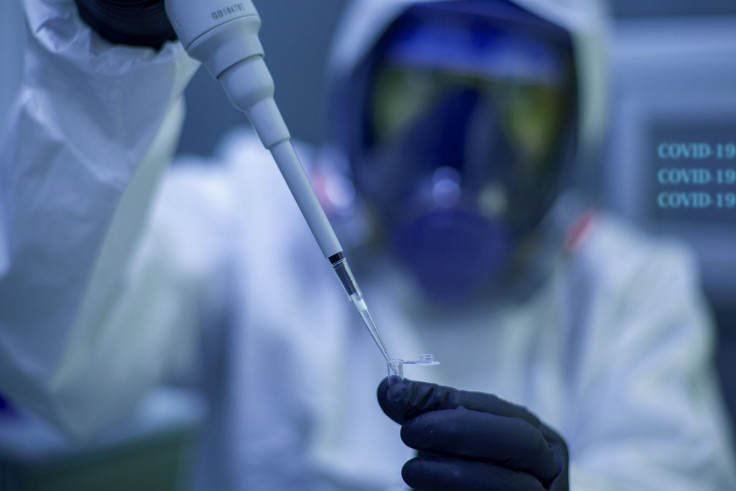
Researchers have made a ground-breaking discovery: an epilepsy medication that costs $3 a pill may be used to "switch off" the symptoms of autism in mice, according to a recent peer-reviewed study that was released Tuesday in the journal Molecular Psychiatry.
A complicated developmental condition known as autism spectrum disorder affects how one in 44 children and an estimated 5.4 million (2.2%) individuals in the US see and interact with others. According to statistics from the Centers for Disease Control and Prevention, disorders like epilepsy or hyperactivity are frequently present with it.
Lamotrigine, an anti-seizure drug first approved for use in the US in 1994, was discovered by a team of specialists at Germany's Hector Institute for Translational Brain Research to be effective in reducing behavioral and social issues associated with the illness. Their discoveries are currently being touted as the most promising human treatment to date.
"Apparently, drug treatment in adulthood can alleviate brain cell dysfunction and thus counteract the behavioral abnormalities typical of autism," lead researcher and cellular biologist Moritz Mall said in a statement. "[This occurs] even after the absence of MYT1L has already impaired brain development during the developmental phase of the organism," reported New York Post.
Lamotrigine is a drug used to treat epilepsy and calm mood in people with bipolar illness. It is marketed under the brand name Lamictal among other names.
The drug, which usually costs less than $3 a pill, functions by reversing changes to brain cells brought on by a genetic mutation.
The MYT1L protein has been found to function in several neuronal diseases by scientists who have spent years carefully searching for the molecular abnormalities that lead to ASD.
It also "protects the identity of nerve cells by suppressing other developmental pathways that program a cell towards muscle or connective tissue." The protein is a so-called transcription factor produced by almost all the nerve cells in the body that decides which genes are or are not active in the cell.
The protein's mutations have previously been connected to several neurological diseases and malformations of the brain.
Researchers at HITBR genetically "switched off" MYT1L in mice and human nerve cells to test the protein's effect on signs of autism. They discovered that this resulted in electrophysiological hyperactivation in the mouse and human neurons impairing nerve function. The MYT1L-deficient mice had brain abnormalities and displayed several ASD-related behavioral alterations, such as hyperactivity or social impairments.
The revelation that the MYT1L-deficient neurons developed additional sodium channels, which are typically restricted to cells in the heart muscle, caused the most "striking" reaction, according to the researchers.
These proteins let sodium ions pass through the cell membrane, which is essential for electrical conductivity and cell function. Electrophysiological hyperactivation, a typical autistic sign, can be caused by nerve cells that overproduce these sodium channels.
"When MYT1L-deficient nerve cells were treated with lamotrigine, their electrophysiological activity returned to normal. In mice, the drug was even able to curb ASD-associated behaviors such as hyperactivity," according to the statement.
These promising discoveries come as autism rates have skyrocketed in the NYC metro area. From 1% of the population in 2000 to 3% in 2016, the New York-New Jersey metro region had a threefold increase in autism diagnoses.
Since diagnoses of children without intellectual impairments are less likely to have been made in the past, it is thought that some of the sharp rises in these diagnoses are caused by this.
However, earlier, more precise diagnoses do not entirely account for the increased trend which was based on CDC estimates. Experts have cautioned that the growth may be partially due to the rising tendency of women to give birth later in life.
While research on lamotrigine's effect on MYT1L is currently restricted to mice, the researchers noted that the results are promising, and clinical human studies are now being prepared.
© 2025 Latin Times. All rights reserved. Do not reproduce without permission.



